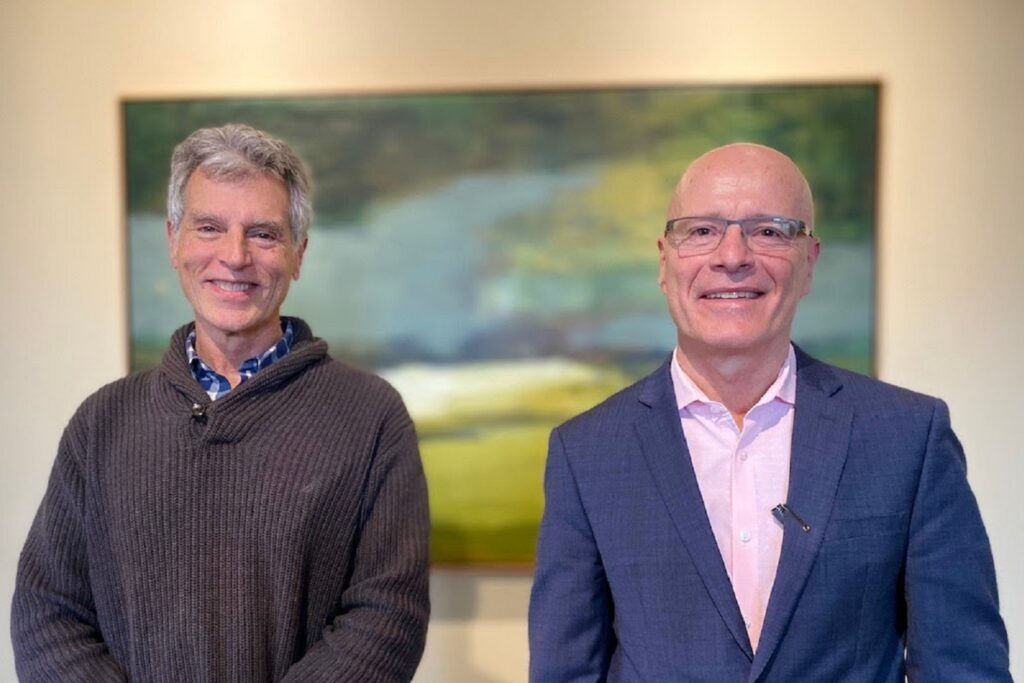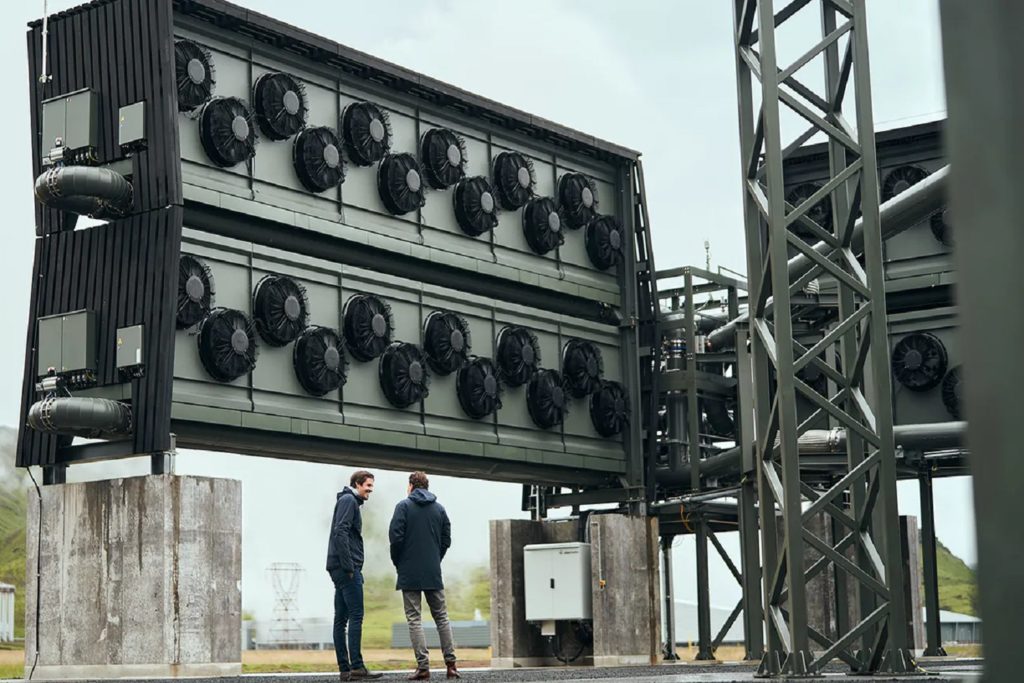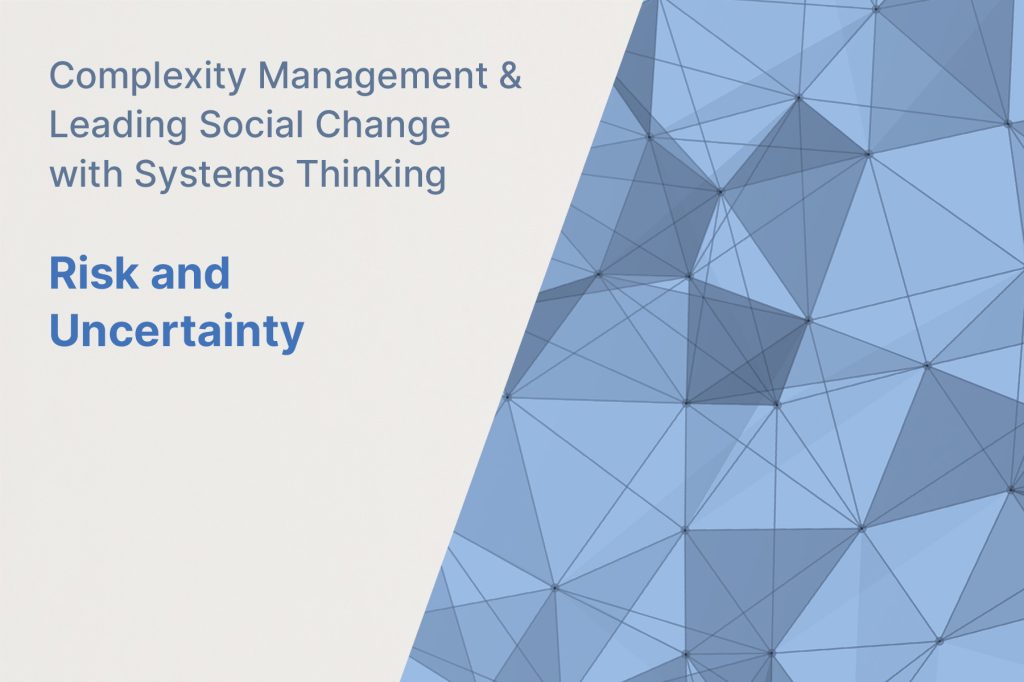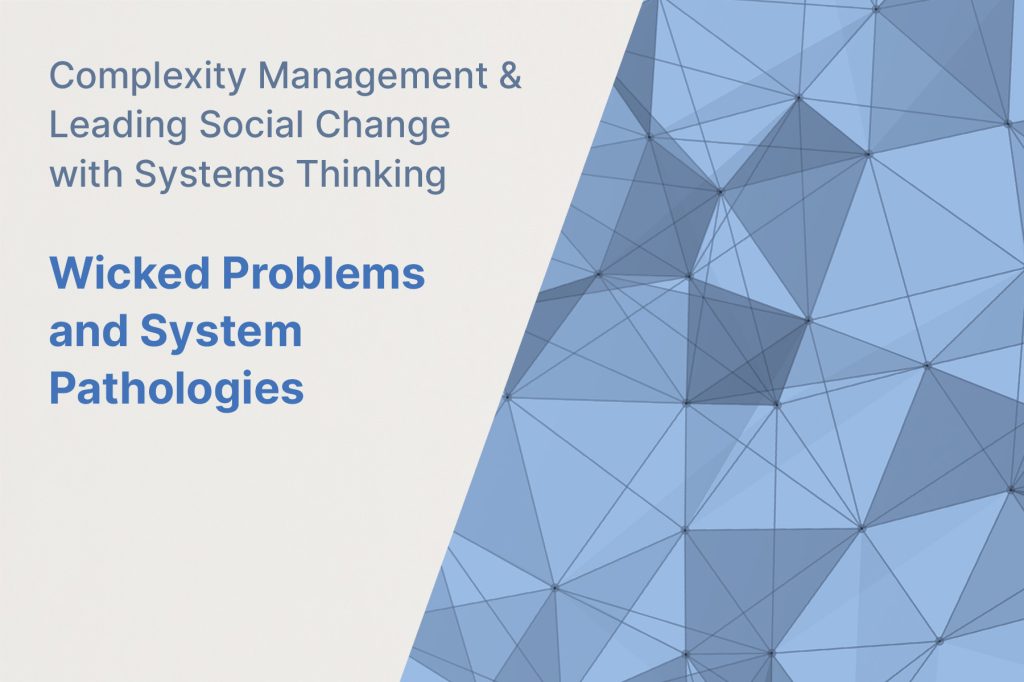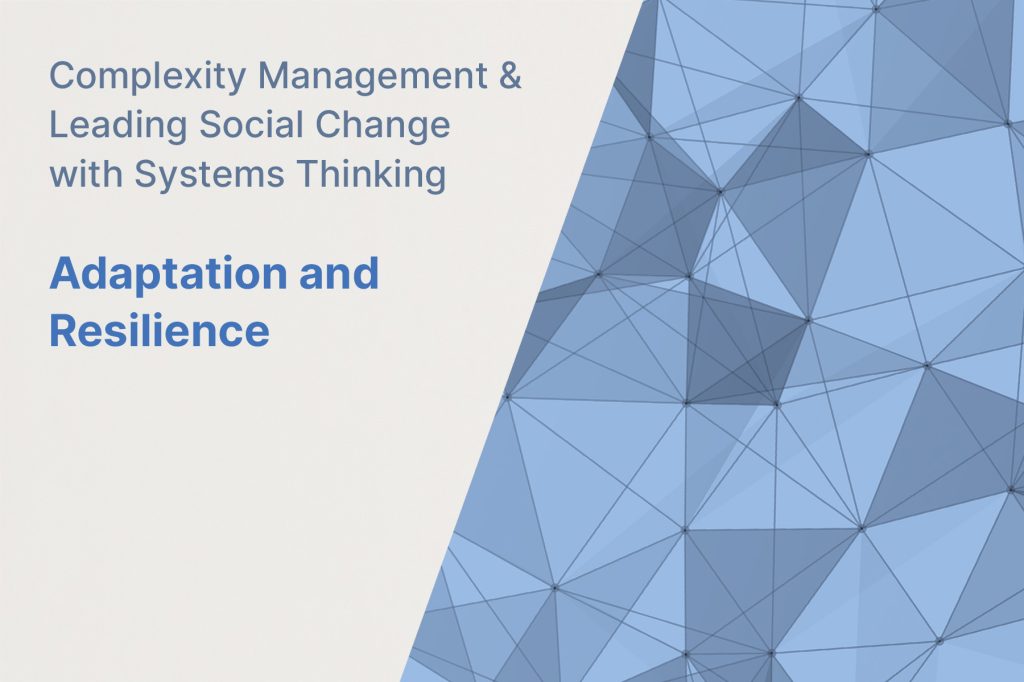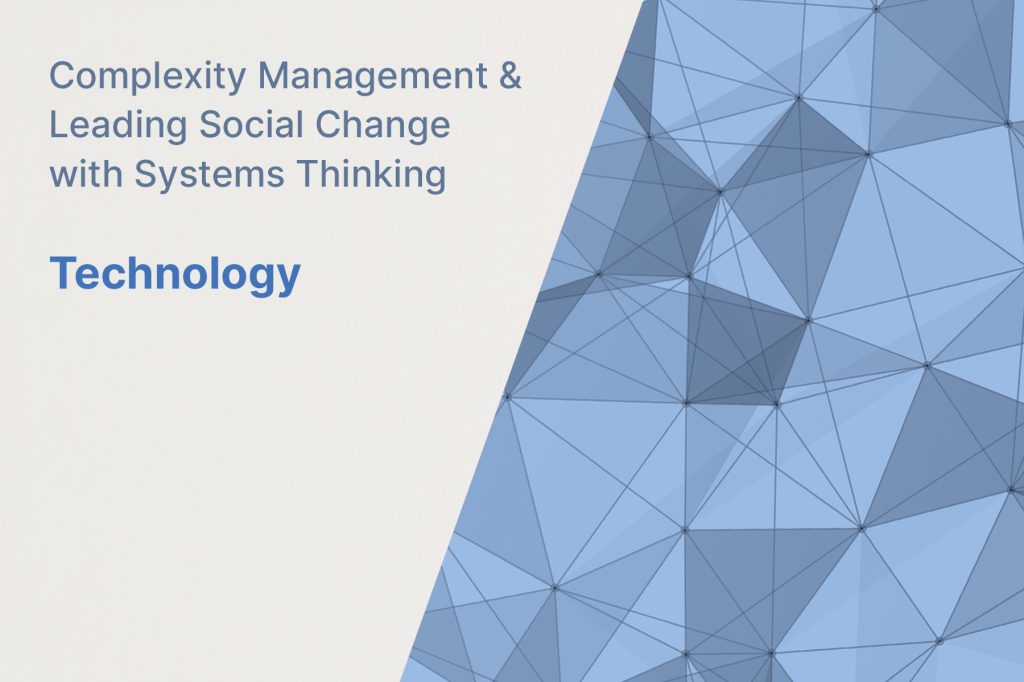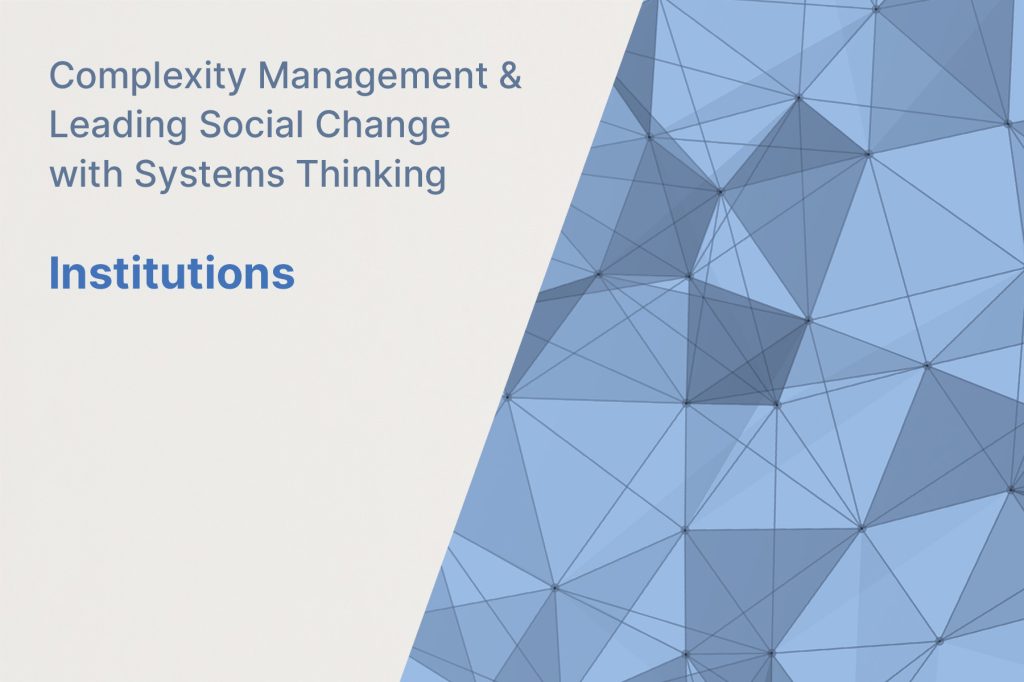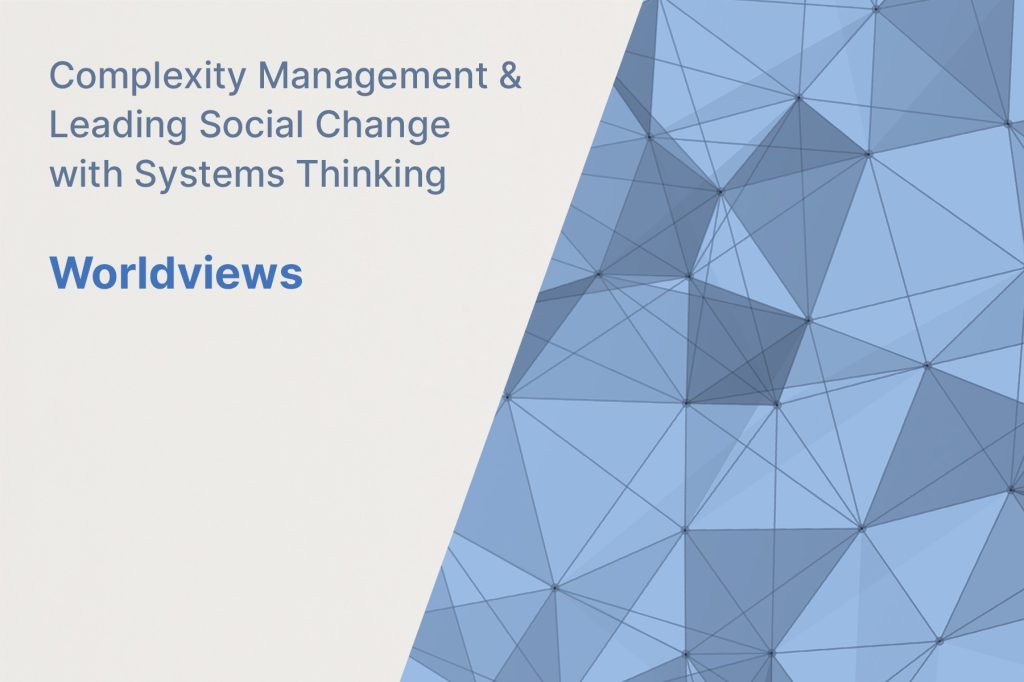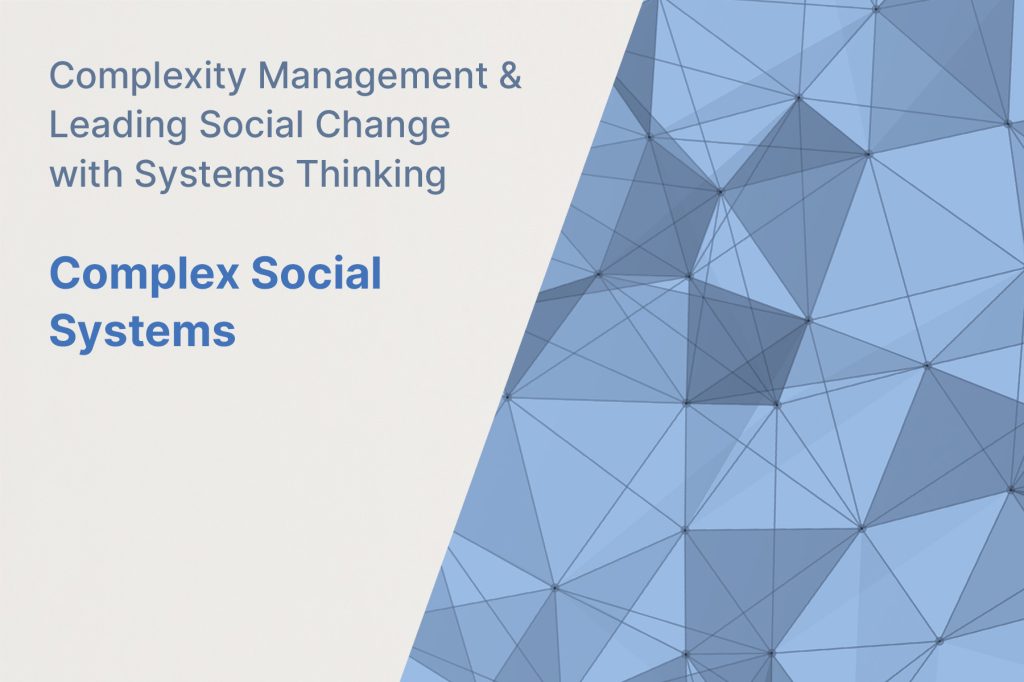How do we turn a cascade of crises into a cascade of successes?
VIDEO — President of Royal Roads University Dr. Philip Steenkamp speaks with Dr. Thomas Homer-Dixon about the global polycrisis and what we can do to turn a cascade of crises into a “virtuous cascade” of success.
How do we turn a cascade of crises into a cascade of successes? Read More »

